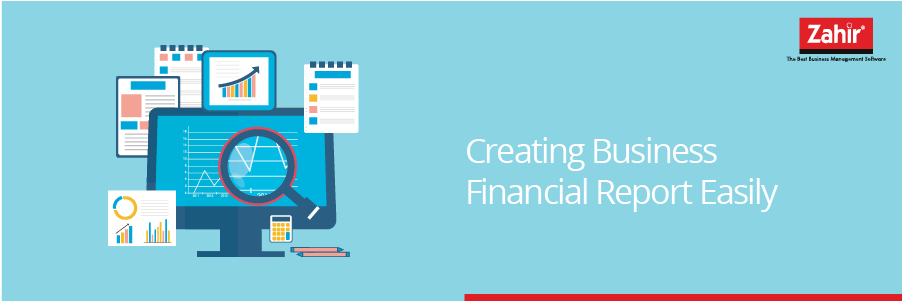Company’s financial statements consists of company’s financial information in a certain accounting period which is used to describe the company’s performance. The financial statements is to provide information concerning the financial position, performance, and changes in the financial position. This information is the basis of decision making.
In accordance to meet the user’s interest, the business financial statements have four qualitative characteristics:
Understandable – the existing information should be easily understood and the terms used are adjusted to the user’s understanding.
Relevant – the information presented in the financial statements may influence the user’s decision, thus the content should be relevant.
Reliability – the information compiled in the financial statements is free of misleading notions and material errors
There are several points to notice during financial statements preparation. One of them is a component that must be stated on the financial statement itself.
Balance – the financial statement position of an entity on a given date, usually by the end of the year.
Profit and loss report – an operating result of an entity for a specified period, for example one month or one year.
Owner’s equity (capital) statement – a report that presents an overview of changes that occurred in the owner’s equity for a specified period, for example one month or one year.
Cash flow report – a report that describes the amount of incoming and outgoing cash in specified period.
The sequence in preparing business financial statements could be summarized as follow:
The financial statement preparation should be done in sequence and thorough since the presented information will be used in decision making. The sequences are as follow:
- Compiling trial balance. Trial balance is the list of ledger account with debit or credit balance. It is made when all journals have been posted to each account in ledger. Since it is made prior the adjustment ledger, it is commonly called as Trial balance prior adjustment, where the presented information is used to check the debit and credit balance of all accounts in the ledger and as the first step to create adjustment journal and worksheet.
- Collecting necessary data to create adjustment entries. Some transaction may not have been properly recorded and still imbalanced. The data is collected to create adjustment ledger.
- Preparing work sheet. A worksheet is a way to create financial report easily, starting from trial balance and match the obtained data from adjusting entries. The adjusted entries, then will appear in the adjusted trial balance column and as the balances stated in the balance sheet and income statement.
- Preparing financial reports consist of profit -loss report and capital changes and other reports. These reports can be compiled directly on the worksheet,since the reported values in the worksheet have been separated. Then, the form of these reports are changed to produce balance sheet and income statement to be analyzed.
- Adjustment and closing accounts. After adjusting the accounting in the ledger, then the next step is to close the accounts into profit loss account and remove the profit loss balance into unearned profit account. Then, the information in the journal will be posted into the ledger in accordance the related accounts.
- Making trial balance after closure. To ensure the debit and credit balance, a trial balance after closing is made which consist of the real accounts only, excluding the closed nominal.




